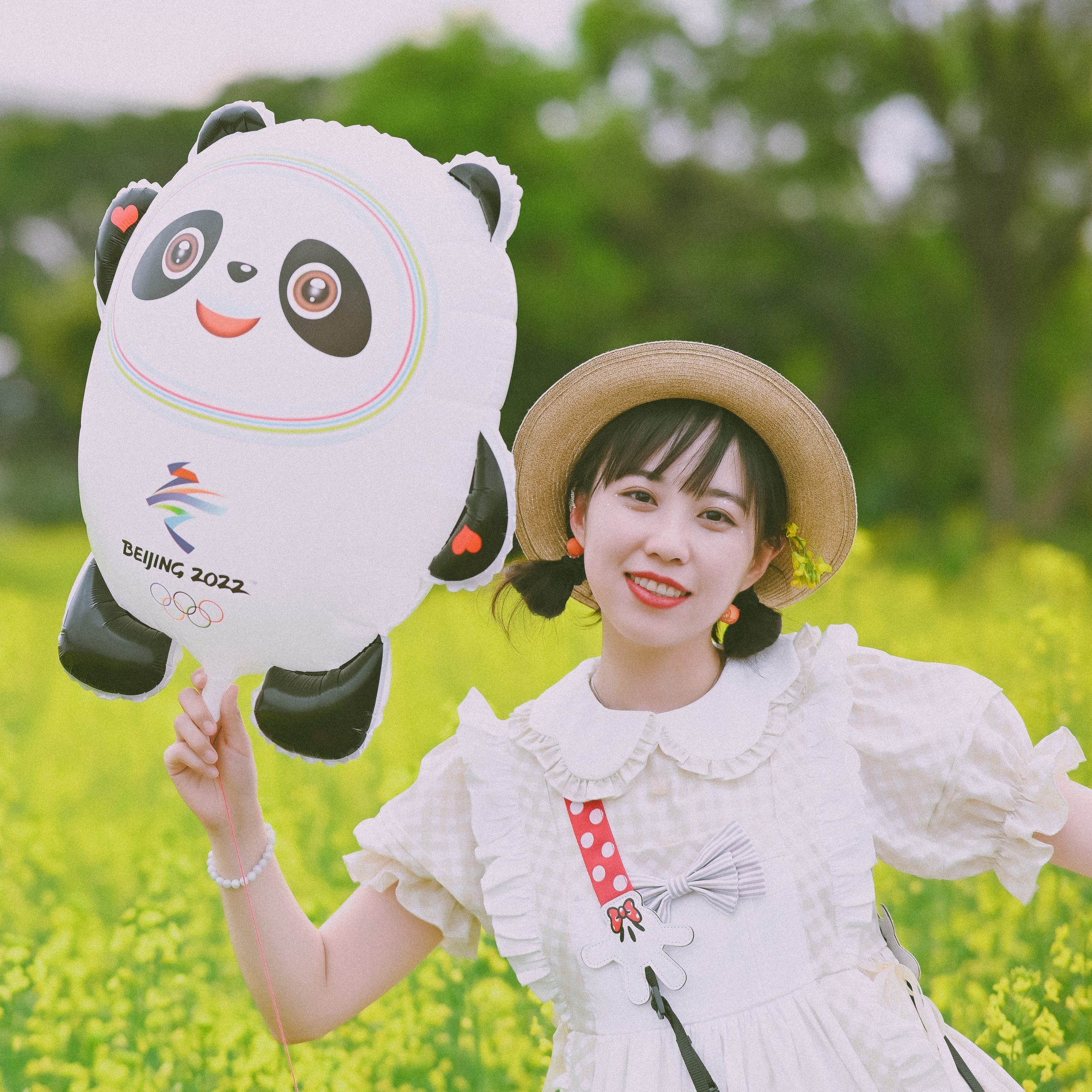By Colleen Fahey
As the Beijing Olympics roll on, spectators are talking about the athletes, but there’s another figure that has sparked a lot of chatter: the panda mascot, Bing Dwen Dwen. We’re sure you’ve seen by now that people are outraged over the panda’s unsettling voice. We’re happy to join this conversation from a sonic branding perspective.
Mascots commonly reflect a brand, team, or company. In this case, Bing Dwen Dwen, the cute, friendly-looking panda, quickly became a fan favorite at the Beijing Games – until it spoke in the deep voice of a middle-aged male. A sound that doesn’t match its look or the brand and that some fans described as “disgusting.”
What wasn’t considered when concepting Bing Dwen Dwen was how the mascot should sound. It’s important that mascots are thought through in their entirety from look and feel [which the Beijing Games got right], to style of communication [not quite]. Now they’re claiming the creature doesn’t have a voice at all.
Given the Beijing Games are global, the mascot should relate to a broad audience. One solution would be to have the character communicate via non-verbal cues instead of a voice, so they can “speak to” all audiences. This can be achieved by designing a coherent vocabulary of sounds and signals that clue the audience into the personality and age of the mascot (Innocent or impish? 5-year-old or 10-year-old? Does it giggle when tickled or sound a warning?). Once the persona is identified the core idea can be infused into signals for, perhaps, a welcome, a cheer, a laugh, a sigh, and finally a “bye bye.”
Sound should not be an afterthought as it can positively or negatively impact an audience’s perception. Voices matter, not just with mascots but with personalities, voice overs and announcers. We recommend going back to the brand archetype or persona as a good place to start.




